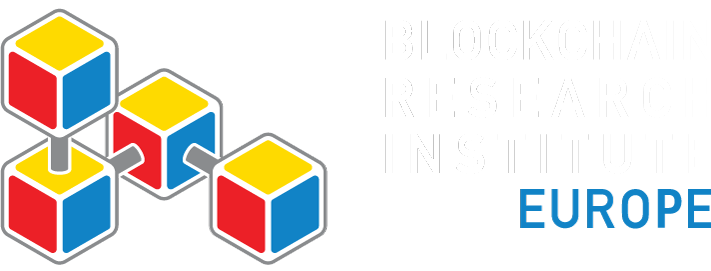Supply Chain
HORIZONTAL 5
Logistics & Supply Chain
One of the greatest opportunities for deploying the capacity of blockchain technology is in tracking assets—or, put in other words—by integrating blockchain across supply chains and logistical networks. 60% of global trade is made up of intermediate goods and services, making supply chains a strategic asset for multi-national corporations. Optimization of supply chains for greater responsiveness and transparency is a constant focus of major companies looking to more efficiently respond to fluctuating consumer demand. On top of these economic factors, regulatory bodies in the US and the EU are also accelerating the need for greater transparency and adaptability in supply chains to meet new standards of safety, anti-corruption, and environmental targets for our increasingly global networks. Combined, these forces are ripening the moment for many of our legacy organizations to integrate decentralized technologies like blockchain.
To date, there has been no systematic study of Blockchain as it relates to the world of supply chain, operations, shipping, logistics, global trade finance, and how it will affect some of the largest companies operating sprawling and complex supply chain and logistics networks.
Blockchain is a technology that will drive radical new opportunities around the issues related to counterfeit drugs and luxury goods, provenance tracking of raw minerals and materials, supply chain transparency and responsiveness, compliance, food safety, attestation of authenticity, trade finance, back-to-birth traceability, land title documentation, fractional asset ownership, and autonomous supply chains integrated with the emerging world of the Industrial Internet of Things (IIoT).
Imagine, for instance that you could trace the exact prescription drug you pick up at the pharmacy, or the food you consume, all the way back to its origin.Or that as a company you could have real-time data about your product and its readiness or certification. The ability to use and open database (while still protecting confidential information from all parties) would allow greater flow and accuracy of goods across borders, and change the relationship between producers, consumers, and regulators for the better. But how do we go about linking real-world products and assets to the blockchain? What levels of scalability and confidentiality are necessary? How can access by regulators to source-testing and real-time production data remove barriers to importation? Where will IoT and IIoT devices play the biggest role?
To bring our supply chains into a new era we will need the research to help educate and engage our top global firms and institutions.
Our research will uncover the relevant responses to questions such as: 1) what are different models for putting an asset and attributes on a blockchain, 2) how do we balance transparency and security with confidentiality, 3) how do we achieve network scale and efficiency, and 4) how do we approach autonomous supply chain functions with Industrial IoT.
